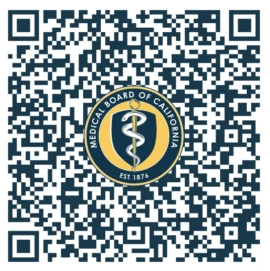Barrett’s Esophagus

Barrett's Esophagus:
Understanding, Diagnosis, and Management
You may be at risk of developing Barrett’s esophagus if you have a history of gastroesophageal reflux disease (GERD). The chronic inflammation from GERD alters the lining of your esophagus so it resembles the tissue that lines your small intestines, causing Barrett’s esophagus. The highly skilled team of board-certified gastroenterologists at Digestive Disease Consultants of Orange County offers advanced diagnostic testing and treatment for Barrett’s esophagus. To schedule a consultation, call the office nearest you — in Mission Viejo, Tustin, Irvine, and Huntington Beach — or book online today.
What is Barrett’s esophagus?
With Barrett’s esophagus, your normal esophageal tissue is replaced with tissue that more closely resembles the lining of your small intestines. These tissue changes usually occur in the lower portion of your esophagus where it connects to your stomach.
Though researchers are still investigating what causes the tissue to change, it’s believed to develop from chronic inflammation caused by gastroesophageal reflux disease (GERD).
People with Barrett’s esophagus are at greater risk of developing esophageal adenocarcinoma, which is a rare type of esophageal cancer. Even with a Barrett’s esophagus diagnosis, your risk of developing this type of cancer is low.
However, regular screenings and tissue biopsies are recommended for those diagnosed with Barrett’s esophagus because finding and treating cancer during the early stages increases your chances of a full recovery.

What are the symptoms of Barrett’s esophagus?
-
Heartburn
-
Chest pain
-
Laryngitis
-
Chronic cough
-
Bad breath
-
Bad taste in the back of the mouth
-
Frequent respiratory infections
How is Barrett’s esophagus diagnosed?
The experienced team at Digestive Disease Consultants of Orange County performs an upper endoscopy and biopsy of your esophageal tissue to diagnose Barrett’s esophagus.
Your gastroenterologist may recommend the advanced diagnostic exam as part of your general GERD evaluation. During an endoscopy, to view and assess your esophageal tissue.
A tissue sample, called a biopsy, is taken and then sent to a lab for evaluation. The biopsy results can confirm or rule out Barrett’s esophagus.

How is Barrett’s esophagus treated?
The gastroenterologists at Digestive Disease Consultants of Orange County create an individualized treatment plan for you to manage Barrett’s esophagus. Your specific treatment is based on the severity of the tissue changes (dysplasia) and your overall health.
To monitor for esophageal cancer, the team recommends regular endoscopies and biopsies. Your gastroenterologist also provides recommendations for managing your GERD, which may include lifestyle modification and medication.
If you have severe tissue changes, the team may recommend endoscopic ablative therapy, which destroys the tissue and stimulates the growth of normal esophageal tissue.
Barrett’s esophagus requires ongoing medical care and monitoring. To schedule a consultation, call the nearest office of Digestive Disease Consultants of Orange County or book online today.


